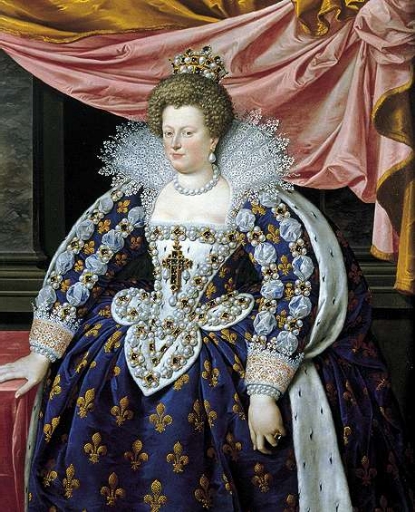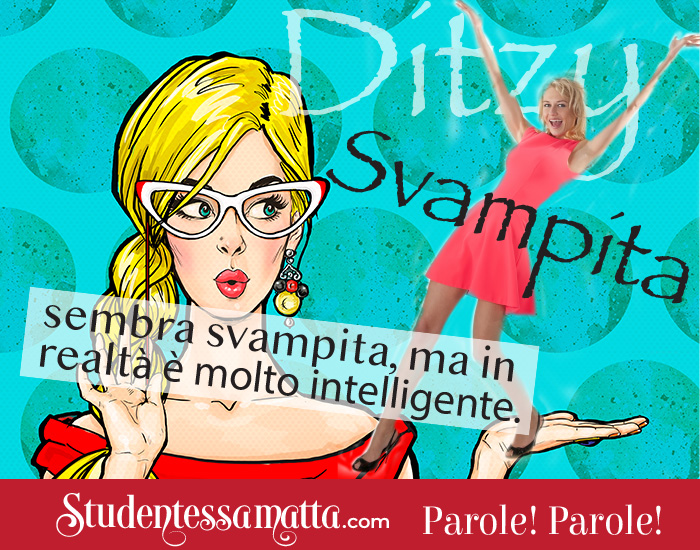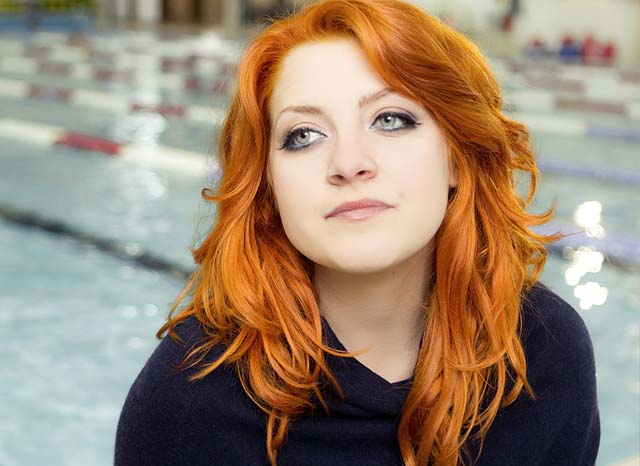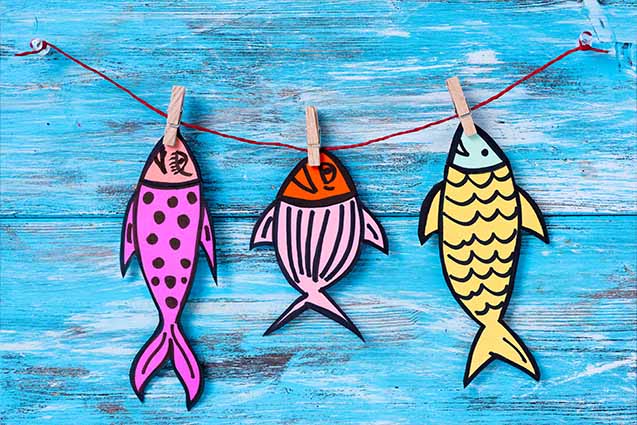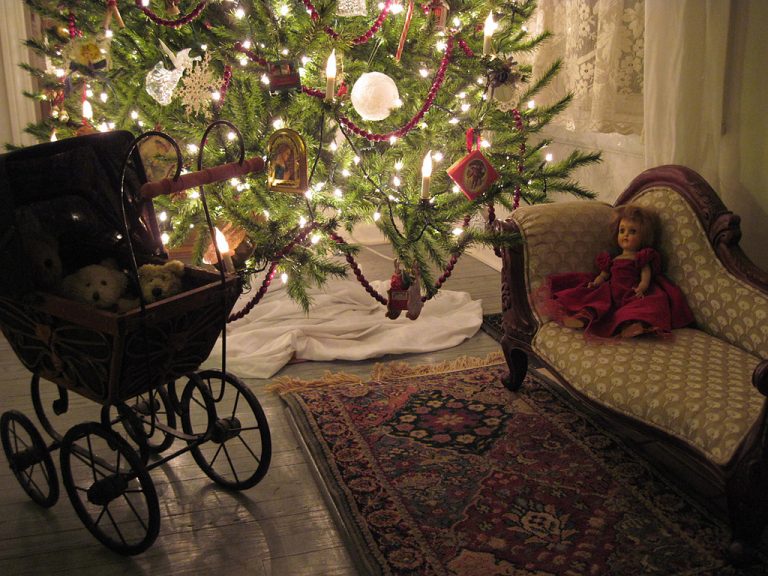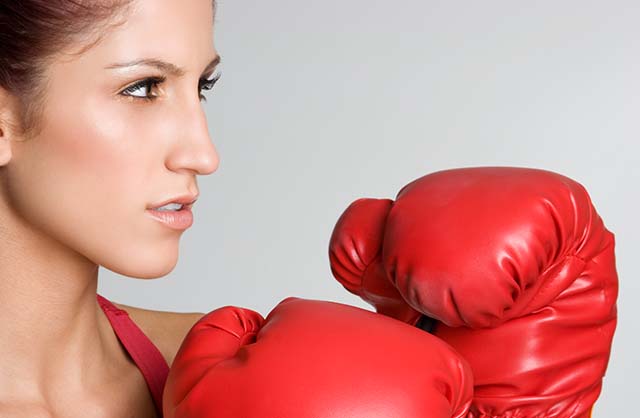
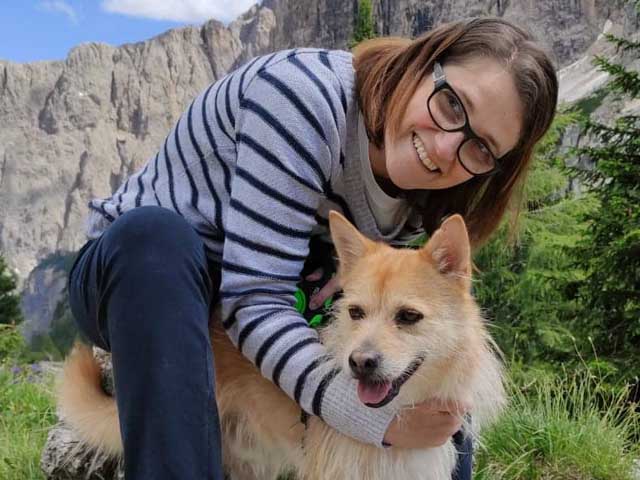
Una Storia ItaliAnna Nuova Rubrica: La festa è detta della Madonna della Salute
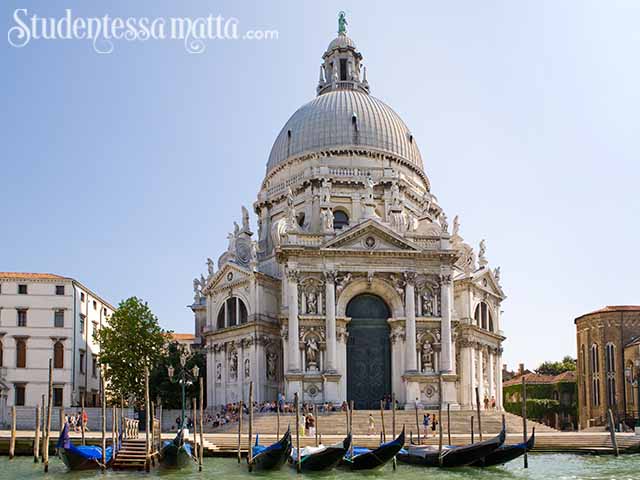
Sono contenta che la mia amica Anna sia tornata con un nuovo post su di Venezia! Anna fa il podcast Una Storia ItaliAnna. Ti consiglio di seguirla e ascoltare i suoi podcast! Oggi Anna parla di una festa “cento per cento doc” Veneziana—La festa della Madonna della Salute che verrà a festeggiata alla fine di novembre.
I’m happy that Anna is back with a new post about Venice! Anna records the podcast Una Storia ItaliAnna. I recommend you follow her and listen to her channel! Today Anna talks about a festival that is “one hundred percent” Venetian – The feast of the Madonna della Salute which is celebrated at the end of November.
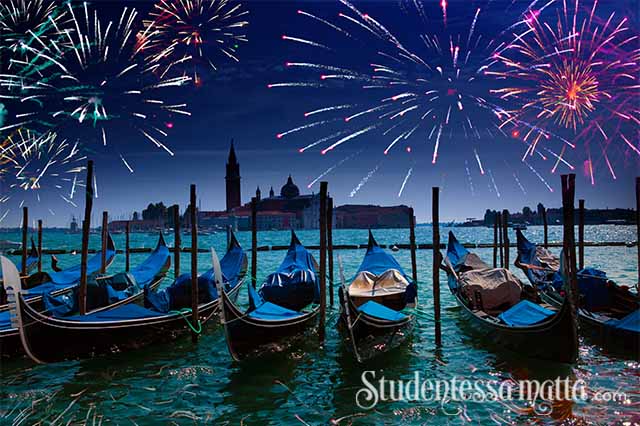
Quando parlo o scrivo del 21 novembre a Venezia mi viene sempre in mente di quando ero piccola e della festa che si celebra in questa data.
When I talk or write about November 21 in Venice it always reminds me of when I was little and the festival that is celebrated on this date.
La festa è detta della Madonna della Salute, una celebrazione che abbiamo solo qui a Venezia e provincia. Ma perché i veneziani sono così affezionati a questa festa? Beh, è una festa legata alla vita della città e ad un momento storico molto preciso. La costruzione della chiesa della Madonna della Salute rappresenta un ex voto alla Madonna da parte dei veneziani per la liberazione dalla peste che tra il 1630 e il 1631 decimò la popolazione.
The festival is called Madonna della Salute (Madonna of Health) and it is a celebration unique to Venice and the immediate surrounding area. Why are Venetians so fond of this festival? Well, it is a festival linked to the life of the city and a very specific historical monument. The construction of the church of the Madonna della Salute represents a religious offering the Venetians give to the Virgin for the liberation of the plague that brought the city to its knees, decimating a large part of the population between 1630 and 1631.
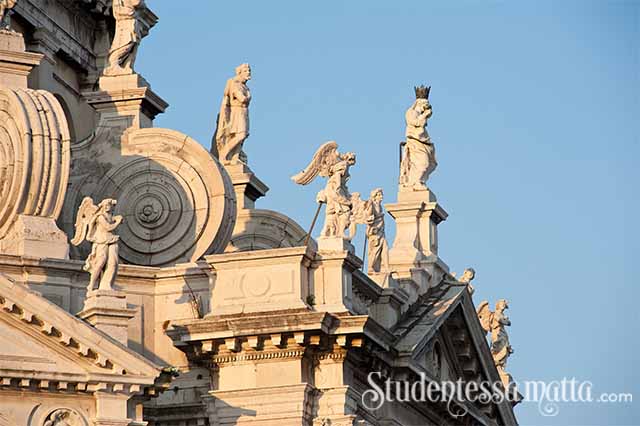
Da più di tre secoli, ogni anno il 21 novembre, si rinnova il pellegrinaggio alla chiesa della Madonna della Salute per affidare alla Madre di Dio le proprie preghiere e ringraziare dei doni di Grazia ricevuti. Il 21 novembre e nei giorni prima e dopo, migliaia di pellegrini visitano il Santuario dalla città di Venezia e vengono anche dal resto della Regione per affidare le loro intenzioni di preghiera alla Madonna della Salute e accendere un cero come segno di fede.
For more than three centuries, every year on November 21, Venetians make a pilgrimage to the church of the Madonna della Salute and offer their prayers to show their gratitude and give thanks to the Virgin Mary for saving them. On November 21 and in the days before and after, thousands of pilgrims from all over Venice visit the Sanctuary to renew their vows and light a candle to show their continued faith.
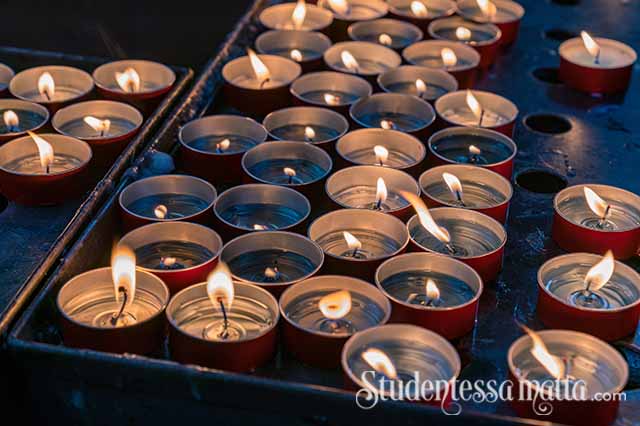
Ed ecco il mio ricordo. Io andavo sempre con mio papà o mia mamma a fare una specie di pellegrinaggio alla chiesa perché tutti i veneziani lo fanno e regolarmente mi ammalavo. Sì perché la festa è nel cuore di novembre quindi a Venezia è molto probabile che ci sia la nebbia. Nebbia quindi umidità quindi raffreddore e/o influenza garantita. Ma l’atmosfera è magica, secondo me. Tutte le persone che vanno a questa chiesa in questo giorno hanno con sé un cero, grande o meno grande, e lo portano all’interno lasciando anche una preghiera nella speranza che venga esaudita. Tutti rispettano la fila in silenzio dentro la chiesa e l’atmosfera diventa sempre più intima via via che ci si avvicina all’altare principale.
Here’s my favorite memory. I used to always go with my dad or my mom to make this pilgrimage, like other Venetians, but afterward, I usually got sick. Yep, that’s because the festival takes place in November in the heart of Venice and there usually is always fog. It is cold and damp and it’s easy to catch the flu. But, in my opinion, the atmosphere is magical. All the people who make this pilgrimage carry candles, big and small, and carry them inside, where they make a prayer, hoping it will be heard. Everyone stands in line in respectful silence and the experience gets even more intimate as you get closer to the main altar.
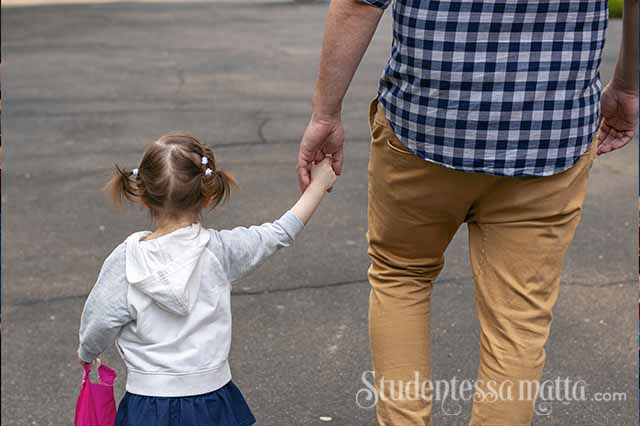
Fuori, però, ci sono banchetti che vendono dolciumi e frittelle. Il sacro e il profano insieme, come in tutte le celebrazioni. Quando uscivo dalla chiesa, rigorosamente a mano di mia mamma o mio papà perché ero piccola e avevano paura di perdermi, provavo in tutti i modi a farmi comprare qualche dolcetto. Mi ricordo che c’erano caramelle, lecca lecca, zucchero filato, frittelle. Niente, i miei genitori non cedevano quasi mai e tornavo a casa a mani vuote. Ma ero felice lo stesso, alla fine, perché avevo passato del tempo con mio papà, quando andavo con lui. Avevamo passeggiato per Venezia insieme e oggi rimane un bellissimo ricordo.
Outside, however, there are stalls selling sweets and fried cakes. The sacred and the profane exist together, as in all Italian celebrations. When I used to leave the church, with my mom and dad holding tightly to my hand because I was little and they were afraid of losing me… still I tried in every way I could to buy some of the sweets. I remember there were all kinds of candies, lollipops, cotton candy, and fried sweets. But, it was no use. My parents hardly ever gave in and I returned home empty-handed. But, still, I was happy because, in the end, I’d spent time with my dad when I went with him. We used to walk around Venice together afterward and today it is one of my favorite memories.
Così come me, tanti altri veneziani fanno lo stesso tutti gli anni. E credo che, dopo due anni come questi che abbiamo appena passato, un pellegrinaggio e una preghierina siano davvero una buona cosa. Magari non succede niente, ma tentar non nuoce.
Like me, many other Venetians continue this tradition every year. And I believe that, after the two years, like the ones we have just gone through, a pilgrimage and a little prayer is a good thing. Perhaps it won’t change anything, but it doesn’t hurt to try!
Grazie Anna! Bella espressione, questa!
Tentar non nuoce.
There’s no harm in trying.
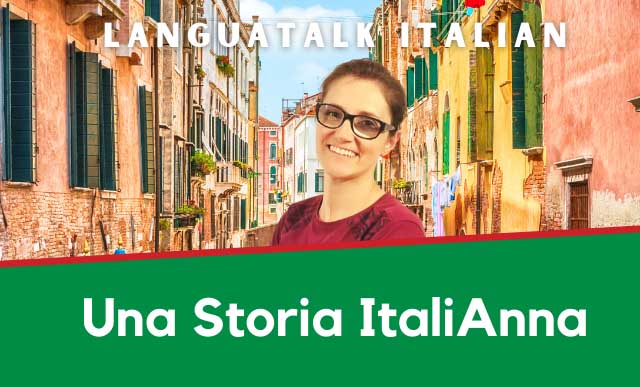
Puoi trovare Una Storia ItaliAnna. su Spotify e iTunes.
You can find Una Storia ItaliAnna. on Spotify and iTunes.
Puoi anche trovare Anna su Facebook e Instagram.
You can also find Anna on Facebook and on Instagram.
